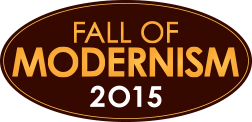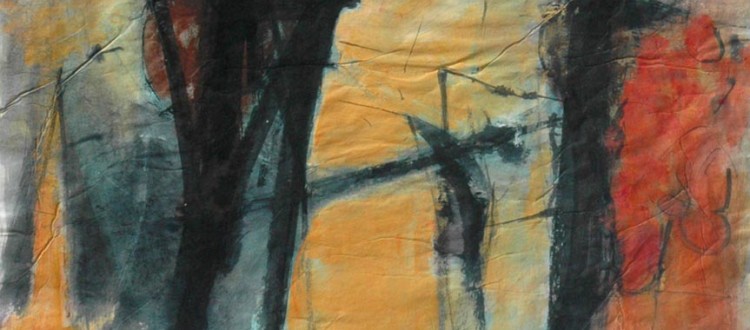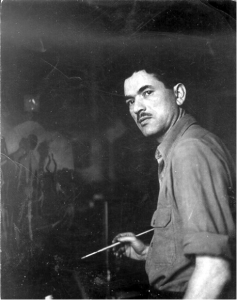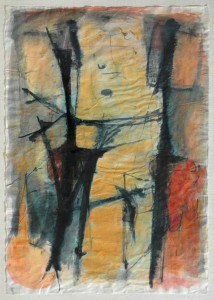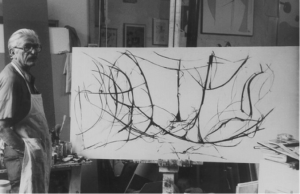Louis Ribak
Louis Leon Ribak was born in the Lithuanian province of Grodno Gubernia in 1902. When he was ten, he immigrated with his family to New York City. In 1922 he attended the Pennsylvania Academy of Fine Arts, in 1923 studied with John Sloan at the Art Students League and at the Educational Alliance in 1924. Sloan’s influence guided Ribak’s development. As an editor for the radical periodical, New Masses, Sloan encouraged Ribak to illustrate for the publication. In 1929, Ribak become a founding member of the John Reed Club, a group closely associated with New Masses.
Ribak’s work during the 1930s and early 1940s is dominated by social realism. His painting Coal Miners is in the permanent collection of the Jewish Museum, and Home Relief Station is in the permanent collection of the Whitney Museum of American Art.
In the early 1930s Ribak had several one-man exhibitions at the A.C.A Gallery in New York and regularly exhibited with “An American Group Inc.”, a group of socially conscious painters including Stuart Davis, Reginald Marsh, Maurice Sterne, Raphael Soyer, and others. In 1933
he assisted Diego Rivera on the mural for the lobby of Rockefeller Center, and in 1935 worked for the Works Progress Administration (WPA) as a muralist. Ribak participated annually in the Whitney Museum’s Exhibition of Contemporary American Art from its inception in 1932 until he left New York in 1944. In 1934 Ribak’s work was chosen for the Venice Biennial.
Louis Ribak met Beatrice Mandelman at a dance sponsored by the Artists Union and in 1942 they married. That same year, he was drafted for military service, but 2 years later he was released from service due to asthma. In 1944 the couple traveled west to visit John Sloan in Santa Fe and shortly after, moved to Taos. The move was prompted in part by the need for a healthier climate for Ribak but also because they had become dissatisfied with the New York scene due to “dissention between Social Realists and Abstract Expressionists.”
He offered no ideology to his students, arguing that taking any single approach would lead to academicism.
– Karan Ruhlen
In New Mexico Ribak’s artistic style underwent a transformation from Social Realism towards abstraction. He was captivated by the landscape and the diverse cultures of northern New Mexico. In 1947 Ribak founded the Taos Valley Art School. He offered no ideology to his students, arguing that taking any single approach would lead to academicism. Ribak was an integral force in the development of the Taos Moderns, an allied group of artists including Mandelman, Ed Corbett, Andrew Dasburg, Agnes Martin, Oli Sihvonen, and Clay Spohn. Ribak’s mature style was characterized as lyrical abstract expressionism.
In their life together, Ribak and Mandelman traveled widely and took yearly winter sojourns in San Miguel, Mexico. With the Canyon Series and the Aegean Series, Ribak embraced the abstracted form completely, though he never ceased to derive inspiration from working directly from nature. Throughout his life he sketched and drew prolifically, his subject matter including rock, plant and canyon forms, land and seascapes, portraits, animals, city and rural scenes.
Louis Ribak died in 1979.
Karan Ruhlen Gallery is a premiere fine art gallery in Santa Fe on Canyon Road. Since 1994, the gallery is nationally known for featuring the finest in contemporary abstract, landscape, and modern art.Presenting the work of highly regarded artists working in New Mexico, the Southwest and the region, and from across the nation. Our artists innovate in a variety of media creating original paintings and sculpture.
Exclusive representation of the Estate of Janet Lippincott.

